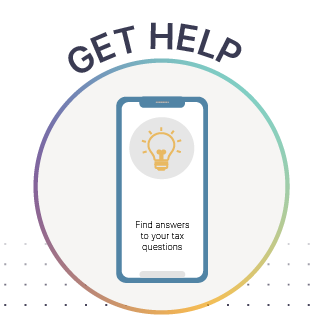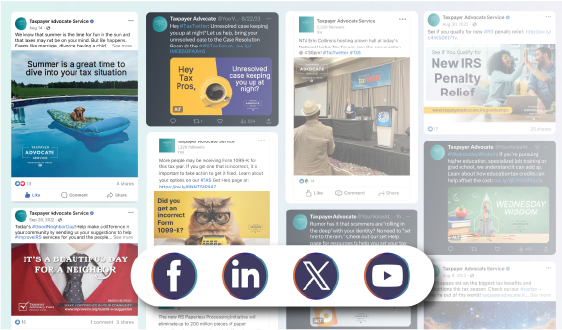Free File Software
If you meet a certain income level, Free File software allows you to use brand-name software to prepare and file your tax return. The program is available each year from generally January 15 through October 15.
You can use this option for 2024 tax returns if your income is below a certain amount, currently $84,000. However, each type of tax return software has its own restrictions, which may be lower. Make sure you qualify before you start using the program.
International Filers: The Free File program is free for Federal tax returns but doesn’t necessarily include tax returns for taxpayers living abroad. You should familiarize yourself with the forms you need to file before you start and view the available Forms and Limitations information on forms that may prevent you from filing electronically.
State Tax Returns: The Free File Software program is free for your current Federal tax return but may not be available for your state tax return. If your state has its own income tax, you may need to do some additional research — some of the software companies offer free filing for state tax returns, and some states have their own Free File systems.
Free File Fillable Forms
No matter your income level, you can use Free File Fillable Forms. These are identical to IRS paper forms, so this option is like the old “pencil and calculator” method of filing. However, the fillable forms don’t come with any additional guidance. If you plan to use this option, you should be comfortable with the process of completing a tax return.
You may find more information on Free File Software and Free File Fillable Forms at IRS.gov Free File.






